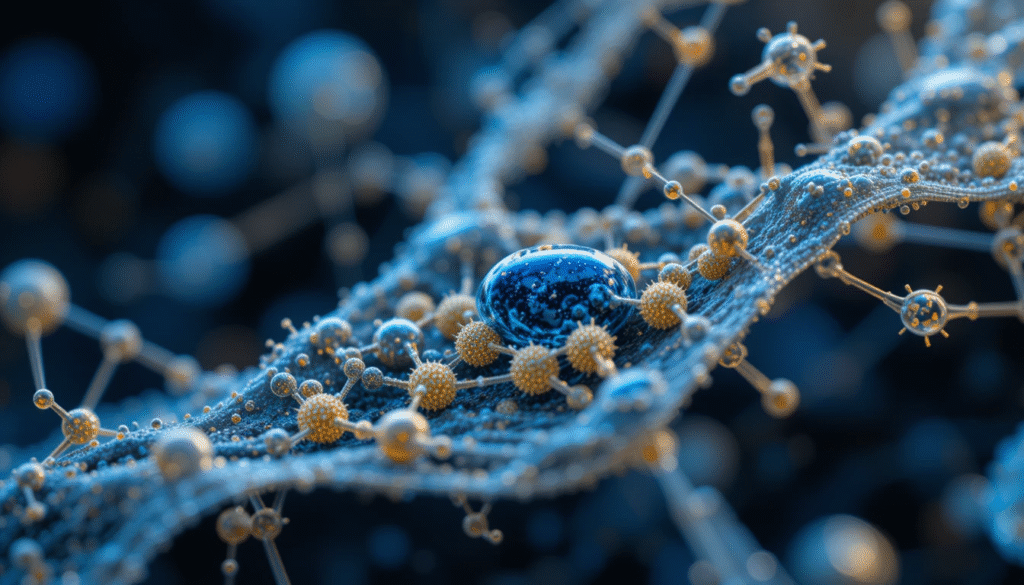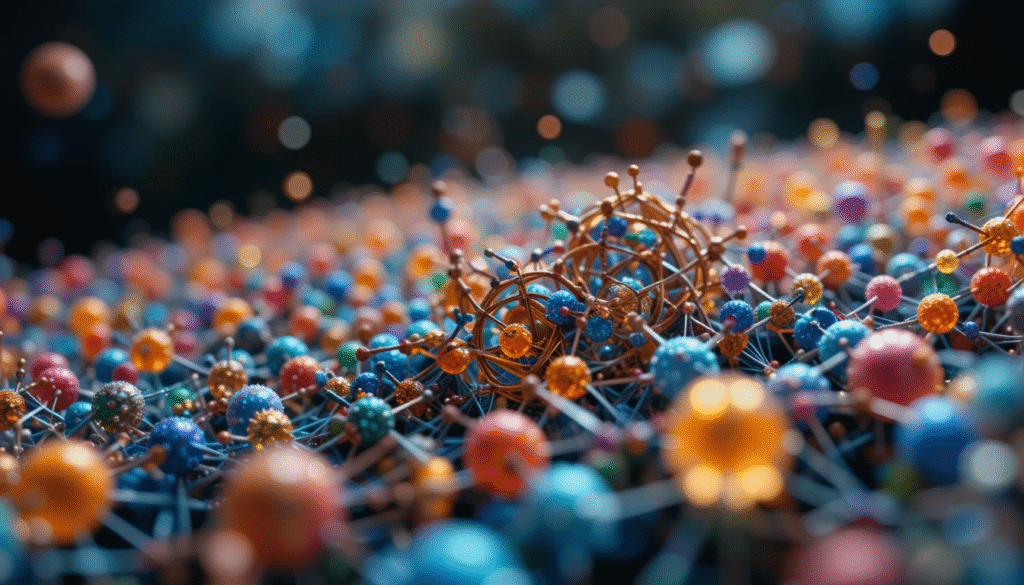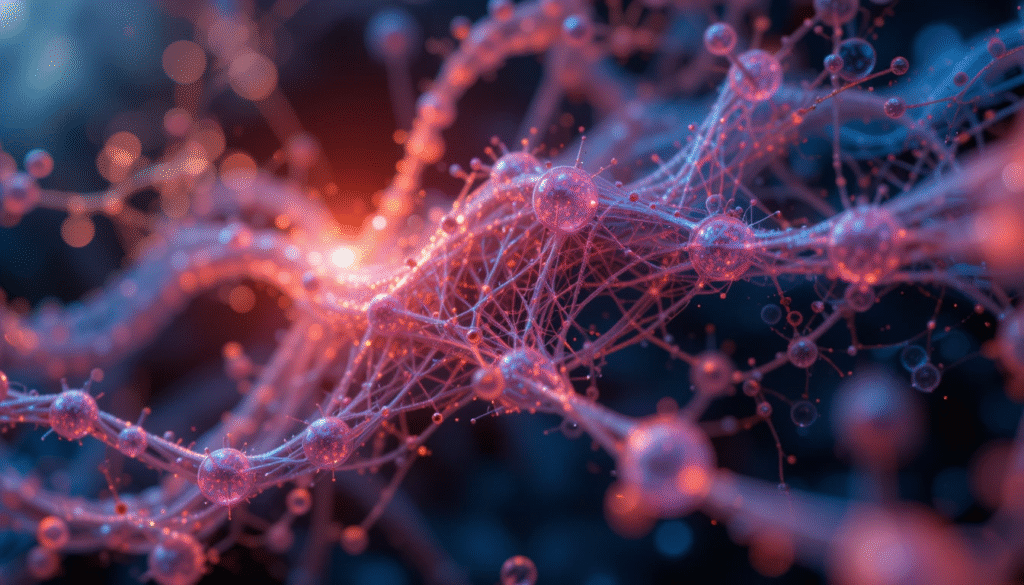One of the 21st century’s most innovative scientific disciplines is nanotechnology. The manipulation of matter at the nanoscale, which spans from 1 to 100 nanometers, is its main focus. For comparison, one nanometer is one billionth of a meter. Materials exhibit distinct physical, chemical, and biological characteristics at this size that are not visible in their bulk forms. Because of these remarkable qualities, nanotechnology is a potent instrument in a variety of fields, such as environmental sciences, electronics, energy, medicine, and agriculture.
This article will discuss the definition of nanotechnology, its mechanisms, its uses, and the possible problems and possibilities it may provide to our society in the future.

What is Nanotechnology?
The design, manufacture, and use of systems, devices, and structures by manipulating size and form at the nanoscale is known as nanotechnology. Materials frequently display improved qualities at the nanoscale, including greater strength, reduced weight, higher electrical conductivity, and enhanced chemical reactivity.
The capacity to work with atoms and molecules to develop new materials and gadgets is the fundamental idea behind nanotechnology. By doing this, scientists may create goods that are more sustainable, efficient, and able to carry out tasks that are beyond the scope of conventional technology.
Nanotechnology Development and History
Physicist Richard Feynman first proposed the idea of “nanotechnology” in his well known lecture “There is Plenty of Room at the Bottom” in 1959, however the phrase itself only gained popularity in the 1980s. He imagined that it would be possible to create buildings and gadgets by modifying individual atoms and molecules.
Scientists were able to view and work with materials at the nanoscale in 1981 with the development of the scanning tunneling microscope (STM). This discovery signaled the real start of useful nanotechnology. Rapid advancements in physics, chemistry, biology, and material science over time have propelled nanotechnology into commonplace uses.

Important Aspects of Nanotechnology
Size control is the capacity to work with matter on an atomic and molecular level.
Improved Properties: Materials acquire special qualities such as improved conductivity, a high strength to weight ratio, or new optical characteristics.
Multidisciplinary Approach: Nanotechnology combines concepts from engineering, chemistry, biology, and physics.
Numerous Uses Nanotechnology affects practically every area, from renewable energy to healthcare.
Nanotechnology Applications
Utilizing Nanotechnology in Medicine
Nanomedicine, which use materials at the nanoscale for illness diagnosis, treatment, and monitoring, is one of the most fascinating fields of nanotechnology. By delivering medications straight to cancer cells without harming healthy tissues, nanoparticles can drastically lower side effects. One example is the use of liposomal nanoparticles in some FDA approved medicines, and gold nanoparticles in targeted cancer therapy.
Nanotechnology has also enhanced medical imaging, allowing for earlier illness identification. Additionally, nanodevices can serve as biosensors to track medical problems in real time, opening the door to individualized treatment.
Electronics Nanotechnology
Nanotechnology has facilitated the rapid downsizing of components in the electronics sector. The nanoscale construction of contemporary semiconductors and transistors has increased computer speed, power, and energy efficiency.
Two nanomaterials under investigation for use in ultra-fast computers and flexible electronics of the future are graphene and carbon nanotubes. Advanced sensors, high-resolution screens, and improved data storage are further benefits of nanotechnology.
Energy related Nanotechnology
Sustainable development depends on the generation and storage of energy, and nanotechnology provides creative answers. Solar panels employ nanomaterials to boost light absorption and boost efficiency. Batteries and supercapacitors based on nanotechnology are able to store more energy, charge more quickly, and have longer lifespans.
Clean energy cars that employ nanoscale catalysts in their fuel cells might lower greenhouse gas emissions. Additionally, nanotechnology aids in the creation of stronger and lighter wind turbine materials, boosting the production of renewable energy.
Environmental Nanotechnology
Nanotechnology is essential to sustainability and environmental preservation. Nanofilters are extremely inexpensive water filtration devices that eliminate germs, heavy metals, and dangerous compounds. In a similar vein, nanoparticles can assist fight industrial pollution by removing toxins from the air and soil.
The use of nanotechnology based self cleaning coatings on textiles, automobiles, and buildings is lowering environmental waste and maintenance expenses.
Nanotechnology in the Food and Agriculture Sector
The advantages of nanotechnology
Medical innovations include early illness detection and targeted medication distribution.
Sustainability: Eco friendly production techniques, less waste, and cleaner energy.
Economic growth is the development of new industries and markets.
Better technologies, safer food, and a cleaner environment all contribute to an improved quality of life.
Nanotechnology Challenges
Although nanotechnology has great potential, it also has drawbacks. Widespread adoption is constrained by the high cost of manufacture and research. Nanoparticles may interact in unexpected ways with human tissues and the environment, raising questions regarding their safety and toxicity.
To guarantee that nanotechnology is applied sensibly and fairly, ethical and legal concerns must also be resolved.
Nanotechnology Future
Nanotechnology has a bright future ahead of it. Advances in nanoscale technologies will underpin future advances in artificial intelligence, quantum computing, regenerative medicine, and space exploration. Nanotechnology will keep combining with other cutting edge disciplines like biology and robotics to produce potent answers to the world’s problems.
Nanotechnology has the potential to drastically change sectors in the ensuing decades, resulting in increased lifespans, a global shift toward renewable energy, and sustainable development.
Conclusion
Beyond only being a scientific idea, nanotechnology is a force that is reshaping humankind’s future. Scientists and engineers are opening up new possibilities in the fields of health, electronics, energy, the environment, and agriculture by working with materials at the nanoscale. The potential advantages of nanotechnology much exceed the hazards, even while issues like cost, safety, and regulation still exist.
Nanotechnology will continue to be at the forefront of technological development as innovation progresses, guiding us toward a more intelligent, sustainable, and healthy society.



